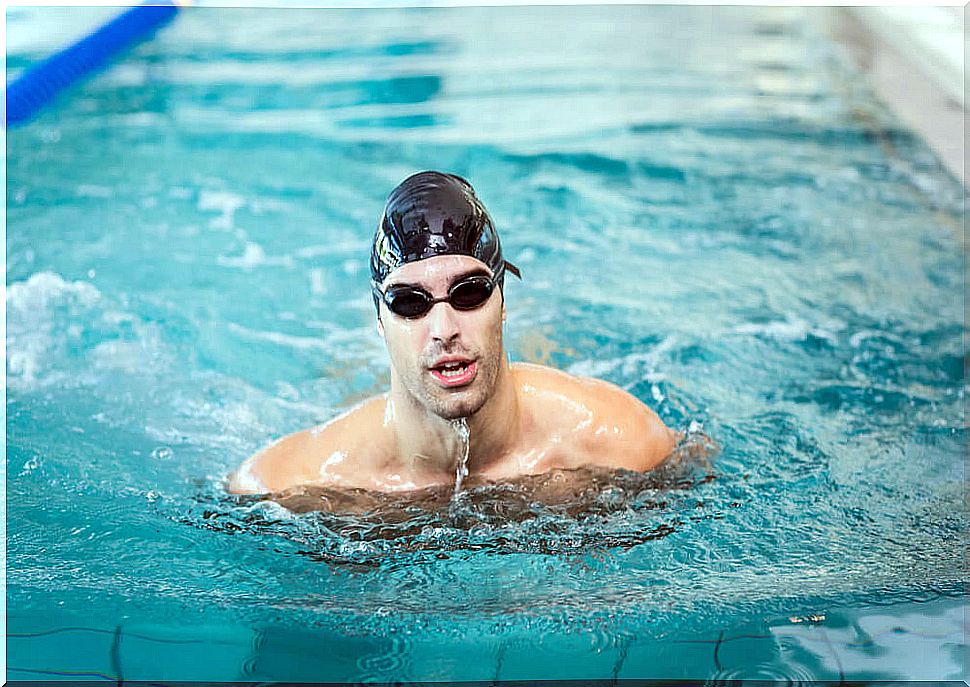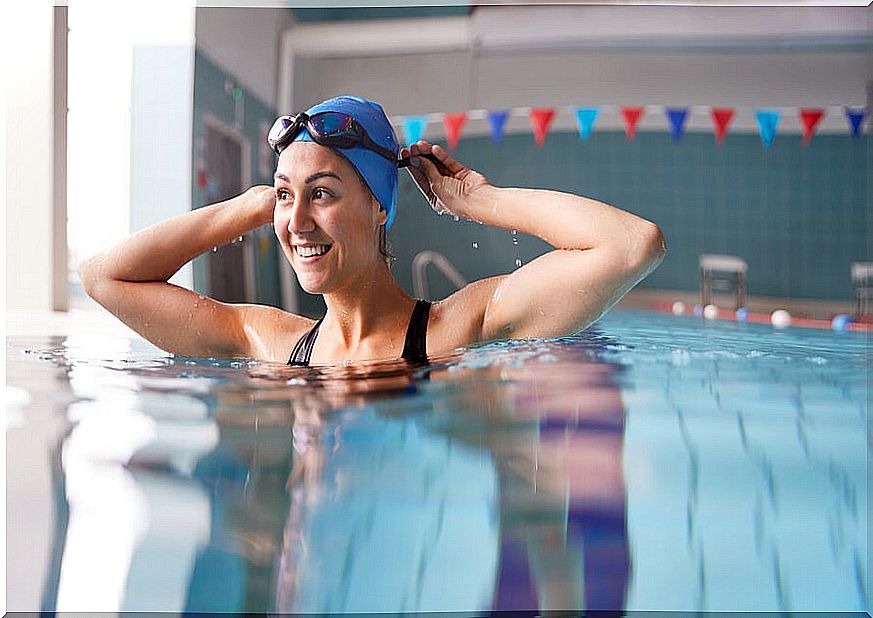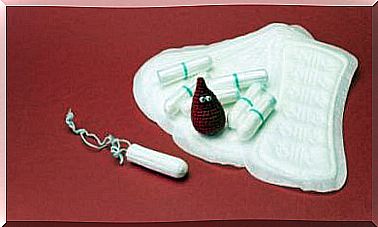How To Learn To Swim In The Pool
If you want to learn to swim in the pool, it is important that you start in areas where you can stand to avoid the fear of drowning.

Many people put off learning to swim because they are afraid of drowning. Learning to swim in the pool can give us greater security than if we tried it on a beach. The waves and the possible eddies that sometimes form on the shore and drag us can generate a lot of fear, which will not help us learn to swim.
Swimming is the most complete sport because it is an aerobic exercise in which two thirds of the body’s muscles are involved, enhancing strength, endurance and flexibility. In addition, it can be practiced at any age, the risk of injury is lower and its regular practice has benefits for the body in the medium and long term.
Practicing swimming brings benefits to your health such as:
- Burns fat.
- Neural benefits.
- Psychological benefits.
- Greater flexibility and elasticity.
- Improves the respiratory system and lung capacity.
- Helps fight chronic diseases such as asthma, diabetes or cholesterol.
The pool is a safe place where we can take advantage of the shallower areas to learn to swim. Also, by having stairs and places to cling to, we will know that we will not be in danger of drowning.
In this article, we will tell you the steps to follow to learn to swim in the pool.
Choose a place where you stand

To learn to swim in the pool it is necessary that we put ourselves in the part where we do foot and the water does not cover us much. If, even while standing, the water reaches us above the chest, this can generate a lot of anxiety (or even hydrophobia) and will negatively affect our attempt to learn.
The important thing is that we feel calm and relaxed, otherwise it will be impossible to learn to swim.
Holding on to a ladder or one of the edges of the pool, we will let our body float and we will move our feet. This will give us enough confidence to know that we are not going to go under. We can try different foot movements that correspond to different swimming styles.
Once we control the movement of the feet, the style that we should cultivate first is the one known colloquially as “breaststroke”. The legs will shrink and stretch as the arms move forward. To move forward, they will draw a circle backward and then return forward.
To feel more secure before starting to stroke alone, we can increase our security by holding on to a float or by helping us with someone to hold us while we move our arms. In this way, we will gain confidence.
Breathing technique
Learning to swim in the pool not only requires physical dexterity, it is also important to pay attention to your breathing. This will accompany our movements, in addition to allowing us to spend more or less time swimming.
Each style of swimming has its own breathing technique. Those that require submerging the entire head help maintain a rhythm when breathing. When the head is out of the water it is necessary to take a big breath of air. In the beginning, it is normal that we do not inspire enough.
The reason is that learning to swim helps us increase our lung capacity. So until we have practiced enough, we will feel like we are short of breath or drowning.
Add difficulty

As we learn to feel more secure swimming, to perform the breaststroke correctly and to breathe without exhausting ourselves so much, we must add difficulty. Here are some ideas:
- Try to get more water cover : even if you continue standing, try to get closer to the pool area where it covers you more. You will test your confidence and, little by little, you will be able to swim where you cannot stand without being afraid of drowning.
- Practice other swimming styles : When you master the most basic style, don’t stick with it. There are many other styles of swimming such as butterfly or crawl. Adding difficulty will allow you to be more skilled when swimming and you will improve in this skill.
Remember, learning to swim should be a pleasant experience for you. Do not pressure yourself, enjoy the process and listen to the recommendations of the teacher or coach, both in person and online, as you prefer. Little by little you will loosen up and feel better. Cheer up!









